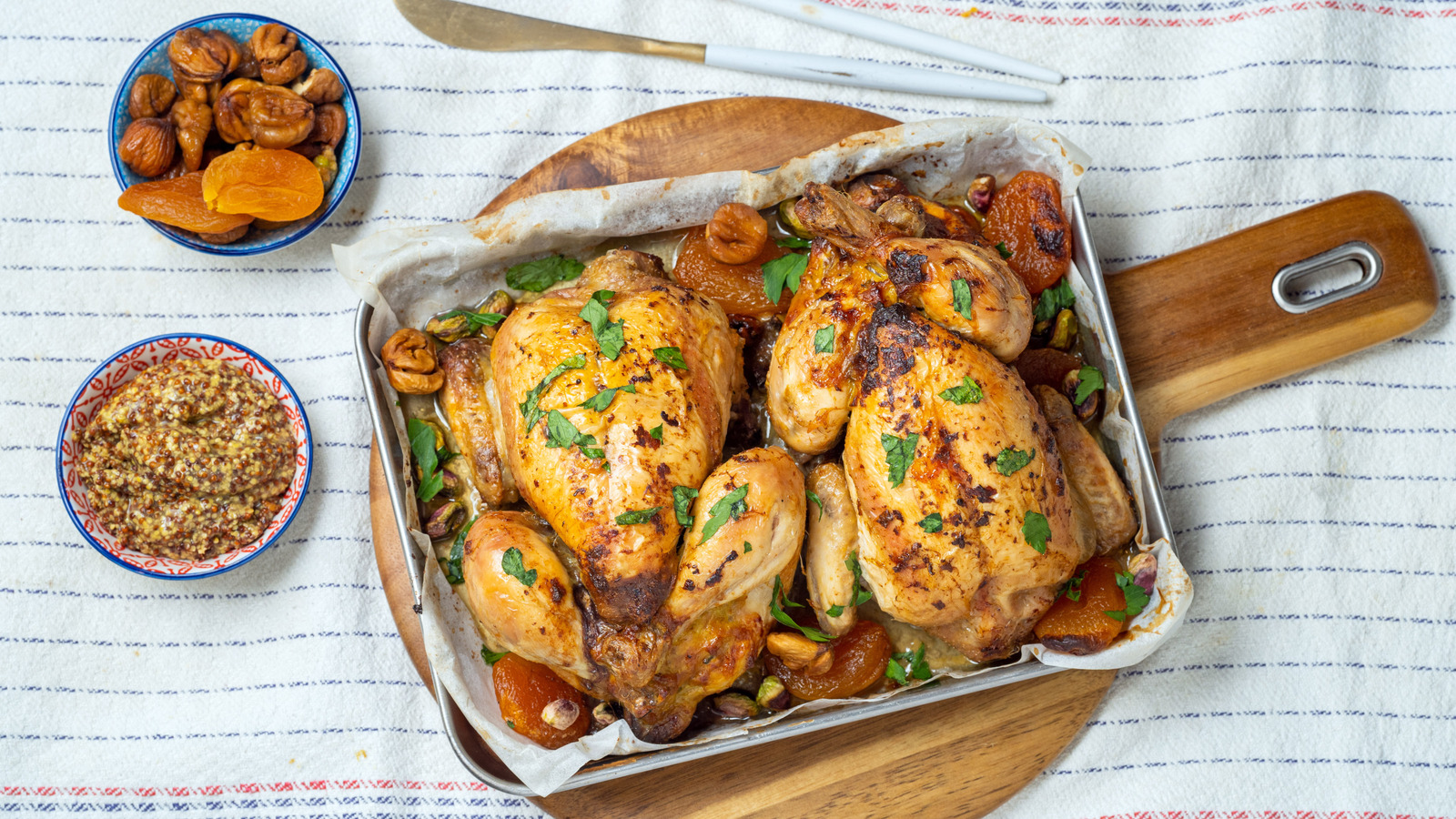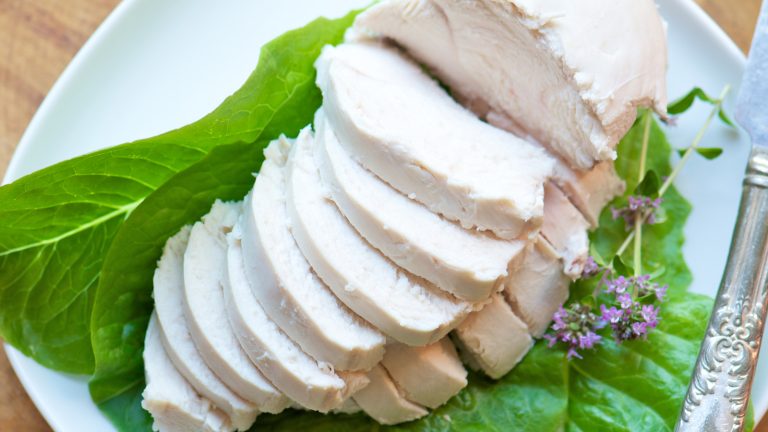When it comes to the most popular proteins in the United States, chicken rules the roost: The average American enjoys about 118 pounds of this juicy bird per year. It’s not really a mystery as to why we love chicken so much: It’s less expensive and more versatile than most other proteins. Different parts of the same bird can act as the star of an artisanal triple anise chicken salad or add a hit of protein to a simple pasta dish.
Perhaps this is why chicken is at its best when cooked fairly simply, either rotisserie-style or grilled to perfection. Grilling and spit-roasting both rely on fairly low-and-slow heating methods that heat all parts of the meat evenly, locking in moisture while ensuring the bird is cooked through. Both methods leave your chicken tasting succulent and juicy, with a gorgeous golden finish that needs little more than salt and pepper for deep, mouthwateringly delicious flavor. Of course, there are advantages and disadvantages to each cooking style depending on how much time you have and what flavors you intend to use. Spit-roasting chicken takes a lot more time and effort for the home cook, for example, while grilling doesn’t usually impart the same depth and nuance of flavor without additional finessing.
The nuanced art of grilled chicken
Though the methodology has changed somewhat, humans have been roasting meat over sizzling flames for thousands of years. This makes grilling one of the earliest cooking techniques invented. Since then, we’ve invented a number of different tools and technologies to perfect the art of grilling — from the classic charcoal-powered tripod grills used by our grandparents to the sleek, high-tech, propane-driven models favored today. While it’s technically possible to grill a whole chicken using a method called spatchcocking, most opt for the simpler method of grilling it in pieces. Breasts, drumsticks, and thighs are placed directly on stainless steel wire gridwork situated several inches above the grill’s heat source. Most then close the grill to create a hot microclimate around the chicken, helping to ensure a safe and thorough cooking process.
In addition to embossing your chicken with beautiful grill marks and infusing it with a light smoky flavor, grilling offers some tasty advantages. First, it’s often considered a fairly healthy cooking method since your chicken isn’t sitting in fat while it cooks. Second, grilling offers a variety of ways to infuse your chicken with flavor. Lastly, it’s a pretty simple cooking technique that doesn’t take a lot of time to learn; modern grills even let you “set and forget” your chicken to cook it at a stable temperature with very little oversight. This leaves you free to put together your favorite macaroni salad or enjoy a refreshing cocktail.
Taking a turn with rotisserie chicken
While it’s hard to pinpoint exactly when the art of spit-roasting meats was invented, we do know it was a popular cooking method throughout medieval Europe. In addition to a multitude of artistic depictions of rotisserie-style cooking (many featuring poultry on the spit) there are also written records in cookbooks of the day, such as “Fourme of Cury.” This particular book provides instructions for how to use a “rost yrne” (roasting iron) to slow-roast various meats over an open flame — which is the greatest difference between rotisserie chicken and grilled chicken.
Though both methods rely on low-and-slow cooking to roast chicken to juicy perfection, rotisserie-style roasting replaces the flat grilling surface with a metal rod (aka the spit) skewered through the center of the chicken (which is kept whole, rather than broken down into pieces). It’s then rotated slowly throughout the cooking process, exposing all surfaces of the bird to the heat source for even cooking while allowing the juices produced from roasting to baste the meat as it turns.
Of course, during the medieval period, using the “rost yrne” method required someone to stand and turn the spit at a slow, even pace until the meat was finished cooking. Today, we have automatic roaster ovens that use machinery to turn the meat. This allows industrial kitchens (such as those at Costco) and home cooks alike to “set and forget” their rotisserie for a convenient way to achieve succulent, slow-roasted flavor.







